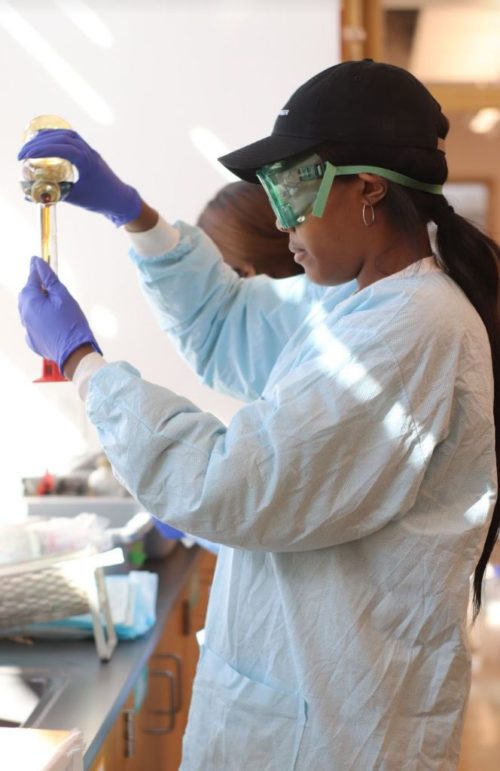Does workplace discrimination affect fields of study?

By: Zoe Deno
Editor-in-Chief
“On my first day at [one of my construction] job sites I had a guy ask our boss if I had been hired to give them lap dances,” said Julia Ramirez, who is now studying human services. Ramirez came to college after facing sexual harassment at a few of her construction jobs.
HVCC sociology professor, Patricia Carson thinks both men and women are very aware of the social stigma around the degree programs they choose to go into.
“They have to weigh the odds,” Carson said, “Do they want to walk into an interview where people are going to pressure them [especially] hard to prove they can do the work because of their gender? Do they want to walk into a job where coworkers will [treat them unfairly] because of how they look?”
Gender disparities in the workforce are a huge discussion topic in our culture today. There has been a huge cultural push to get women into the STEM fields, but the biggest gender gaps in HVCC programs are in two-year certificate programs for both men and women.
When nursing student, Evan Howard told his family he was going to college to study to be a nurse, they were surprised. “They asked me why I wasn’t going to study to be a doctor instead,” Howard said. Most of his family were accepting of his choice after the surprise wore off, however, he has one uncle who told him directly it was demasculinizing.
“The daycare my children went to hired a male instructor and four families pulled their kids out because they did not feel comfortable with their children being alone in a room with a man,” said Wenda Quidort, a professor of biological sciences at the college.
Carson said the contrast in the fields men and women study began in the 1940s after the men came back from World War II. Many women who had entered the workforce while the men were fighting in the war still wanted to be independent. “They had to think realistically about what jobs they could get and a lot of the time it was the medical assistance and education jobs,” she said.
“A lot of people think that once women got the vote, everything just got better for women. That’s not true,” Carson said.
“Women’s rights had to be fought for over the course of many years. It took a very long time for women to begin to have equal opportunity in employment,” she said.
As late as the early 1970s it was very common for women to not go to college, according to Carson. “I remember I was in my senior year of high school when the guidance counselor flat out told me that I would be better off getting married and just having a couple of kids,” said Carson.
In recent years there has been a huge push to get women into STEM programs to address the shortage of women in that field.
Julia Sovey has noticed people are really shocked when she tells them is in the engineering science program. “The reaction implies that it’s harder for women to get an engineering or STEM degree than men,” she said.
She has mixed feelings about apparent desire to get women into STEM fields and to make them especially visible. “I think in a way it is good to encourage girls to get into this program and say that it’s not just a program for guys, but at the same time I don’t like how women are being tokenized.”
Taylor Remler, a dental hygiene student said that a lot of pressure to address the shortage of males to females in programs is unnecessary. “I don’t think it is necessarily a bad thing,” she said.
“People need to pursue what they are comfortable pursuing,” Remler said, “If a guy [or a girl] doesn’t think they want to be [in a certain program] I don’t think [they] should get pushed into that just to address a disparity.”
